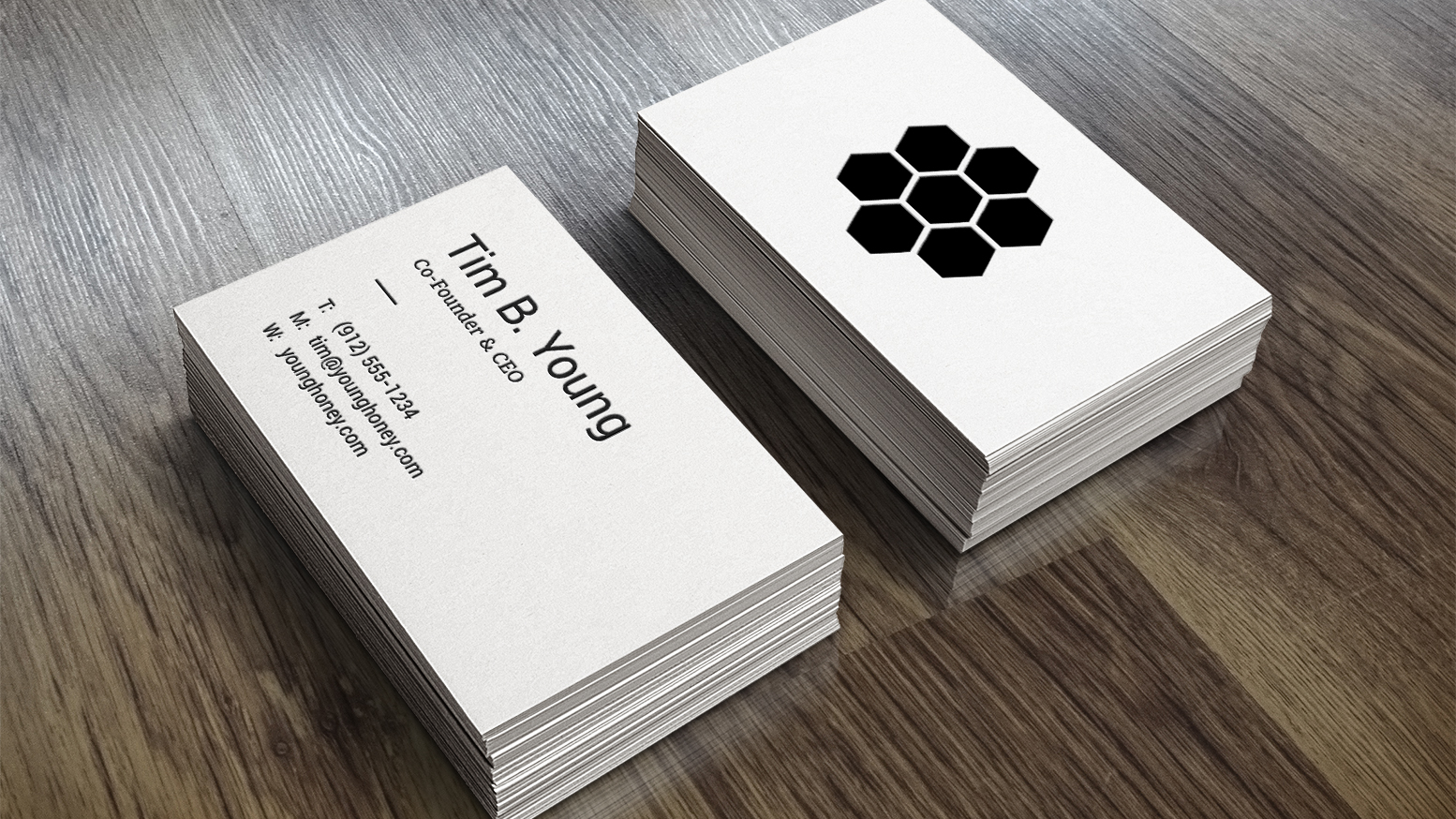Business cards are still valuable for many face-to-face interactions despite the widespread use of digital communications. Still, a virtual business card is a convenient way to store as much information as you want in one place. However, given the prevalence of their use, you must make sure yours stands apart. A well-designed business card attracts the interest of potential clients who might otherwise toss the card and makes networking easier.
Make sure your business card accurately portrays your brand and draws in prospective customers or business partners by adhering to a few simple guidelines.
Only include the most crucial information.
Give recipients enough information to keep them interested and help them remember your virtual business card. However, it may be tempting to use smaller font sizes and list all the different kinds of work you’ve done, references, and other details. Avoid including everything, and be selective with what you do. Listed below are the essential things you must include in your business card.
- Name, Job Title, and Email
- Phone number
- Website address
- three to four social media accounts
Choose a presentable font.
While quirky fonts are entertaining, you still want recipients to be able to skim your business card. So make sure your fonts aren’t deformed, too fancy, or too small on your business card.
Keep the content short and straightforward, and let your logo be the design feature that gives your business card some flair.
Add the White Space
Some recipients write a word or phrase on their business cards to aid recall. However, receivers can more readily do this with the effective use of white space, which includes content on only one side.
From a design standpoint, white space also emphasizes the areas that contain text or a brand.
Maintain Your Brand
What perception would you like others to have of you and your business? If you’re a designer, be sure your business card showcases your distinctive style. An event organizer? Don’t be afraid to employ vivid hues. However, if you’re an attorney or financial advisor, you’ll probably want your design to feel classy and professional.
Think about a call to action (CTA)
Even a straightforward and uncomplicated business card can take advantage of prime real estate for a unique promotion or another call to action. Create a brief message that provides the reader with something pertinent and helpful, such as a coupon, a link to your website (a QR code might be helpful here), or a recommendation. If you nail it with a clear CTA or other helpful information, you can instantly make your card memorable.
Use a reliable printer.
You don’t want to give recipients the idea that your business cards are subpar or inexpensive unless you have access to commercial printing equipment. A few “standard” sizes vary depending on where you are in the world. Business cards typically measure 55 x 85 mm, but you’ll find many other sizes mentioned online; verify with printers. Standards apply to the content you should include as well.
The impact of giving out a homemade business card isn’t the same as giving out cards that are printed professionally. However, if you print them yourself, you might be able to save some money and update your information more easily. Going for a virtual business card is another great option.
Select Finishing Alternatives Carefully
Numerous possibilities are available, such as folds that can transform a straightforward card into a mini-brochure, rounded corners or other die cuts, holes punched through, unique shapes and sizes, embossing, and foil embellishments (or a paper airplane or desk box). Some of these ideas may help your card stand out from the crowd.
However, your business card can be recalled incorrectly if such a unique touch doesn’t fit your brand. A glossy, black card might aggravate recipients who frequently take notes on business cards. Additionally, a circular cut or small size might make it simpler to misplace your card.
Also Read: 5 reasons to send the online greeting card
Proofread Your Work Multiple Times
Before submitting your order, proofread your entire document for errors. Then have a friend or coworker read it over as well. They may notice something that you missed. Nothing is worse than receiving your cards from the printer and finding a typo, especially if you’ve already given them to business associates.
Wrapping up
Do not forget that business cards serve a purpose as well. Additionally, they give potential customers the first image of your company, highlight your brand, include your contact information, and give your company greater credibility—all on a single card.
As you’ve learned from this article, making a great business card doesn’t have to be a challenging, expensive, or time-consuming endeavor.










